| Do not fly into the canyons at or below ridge-lines down wind/ in the lee of effective faces. Note that effective faces and thermaling / soaring envelopes (out of rotor zones) typically extend up at the same slope as the effective face. Canyon crossings should be made only with enough altitude to be able to fly from spine to spine arriving at the next spine with altitude clearance or to an effective face clear of rotor zones. Do not attempt to ridge soar deep in the canyons of Pauma / Lion Creek below 6K, there are no lading options and are known venturi locations. |
|
On multiple occasions with this past Sunday being the most recent, pilots flying into rotor and possible venturi locations have been observed. All should be reminded that Palomar is a complex mountain site and all should review the Soaring notes of the Palomar Site Guide and also Review the Flying Effective Faces article pulled from our XC clinic talks. Palomar is a complex mountain site Fly effective faces that are perpendicular to the prevailing wind conditions. Note that on light and variable wind pure thermal days, the effective faces can be constantly changing and influenced by thermal activity. i.e. If the prevailing winds are west, trying to ridge fly the big south face or into the canyons will not be productive and can be turbulent. See Article on Flying Effective Faces and scroll through Palomar examples for different wind directions. Also Note that winds and effective faces will shift to thermal activity and geographic location / topography influences.
0 Comments
Photo Cedit: Alex Turner HG tips from a Jedi Master that cross over to the PG side. Spring is here and ,maybe you are getting ready to fly after a bit of a layoff. Review your take off procedure. Do you like to have a wire crew? If you need a wire crew to stabilize your glider at take off you shouldn’t be at take off. You may want help getting to the spot where you start your run. This is especially true at the Laguna cliff launch where you have to get your glider up over a hump and get your wing tips past rocky bumps. It’s good to have some help, a little insurance, to keep the glider from getting away from you as you negotiate the obstacles. But once on launch you should be able to control the glider by yourself no matter what the wind does. Why? Well, when you say “CLEAR!”, you are the only one controlling your glider. What if at that instant, or during the first step or two of your run, the wind conditions where you need help, suddenly occur? You have to control the glider on your own. You build a weather model in your head. At launch you study the wind conditions and see that there are times when the wind is too strong, or too cross, or too blustery. Then there are nice conditions. You decide that the nice conditions last long enough for a controlled take off. So you stand at launch with help controlling the glider during the not nice conditions and wait for a nice condition. It occurs and you say “CLEAR!”. What if you space-time weather model is wrong? What if the nice condition does not last as long as your model expects? What if the wind 20 feet down the ramp is not nice, that is the spatial aspect of your model is wrong? What are you willing to risk based on the weather model you have created in your head? If you can’t control your glider during any conditions that could occur while you are standing at launch, you should not be standing at launch. This of course also involves a model. The model says that what you will experience at launch will be no worse than what you have observed over the past period of time. Light wind conditions pose a different problem. Suppose you need a 10 mph wind on a shallow slope launch, and that is the maximum speed of the wind. Sometimes it is less. So you wait for a good cycle and off you go. If the wind holds, you are fine. If it gets lighter, then what? Again, you are basing your decision to take off on a model you have created in your head. If the wind is light you must be able to take off in no wind conditions. Bill Helliwell Photo Credit: Hadi - Henry Golian
Looks like the the XC Season has opened & SDHGPA Site Records will not rest again this year! The E Chris Cote just re-set the bar for the E to 54.5 straight line miles on 4-5-17. With a clean ~ straight line to Marshal, then down range to Desert Hot Springs. Each leg a nice flight in its self. Not the easy route through. . . Well done. http://www.sdhgpa.com/-xc-records.html Big Black This past Saturday 4-1-17 was no April Fools day at Big Black and 2 site record flights were recorded for the day. Chris Cote held the site record for 65 min of 34 straight line miles landing near Barrett Lake. Chris & Phil were team flying most of the way but Phil Wessinger fell slightly behind at Cuyamaca and their routes diverged. Phil persisted and held on to Horse and was able to get re-established into the convergence and flew on to the Mexican Border near Tierra Del Sol taking the site record of 48.3 straight line miles. (Photos & Photo Comments - Phil Wessinger) When Flying XC, Fly Safe . . . and things to do in Preparation:
To qualify for SDHGPA Site Records and SDHGPA XC Contest:
3-29-2016 Update
THANKS TO ALL PILOTS:
The USHPA RRG initial minimum funding Goal Has Been Reached! If you have not already donated, it is not too late to add your name to the list of donors! The money we raise above this initial minimum goal will be used to increase the RRG's initial capital, offset startup costs, and make it easier to gain approval from the insurance commission. This will make the RRG stronger and better able to protect our sites, schools, and members.
If you have already made a donation and did not name SDHGPA as an Affiliation -
You can update your Chapter Affiliation , or privacy settings using this form:
1-27-2016
USHPA is getting close, But Let's drive this over the top!
The USHPA fundraising goal was set as a minimum. The more we raise, the lower our premiums will be.
Yes, this is a big deal.
If we as USHPA members do not reach the , Free Flight Forever self insurance fund raising goals, and if USHPA is not able to reestablish insurance policies. We , SDHGPA members, will likely lose our ability to fly as we do today at Palomar, Big Black, Little Black, Laguna Upper Launch, Laguna Earthquake Valley LZ, Horse Anderson Field LZ. All of these sites will all likely be closed starting March 1st of this year if we do nothing.
What is SDHGPA doing about this big threat to our Flying Sites
The SDHGPA Board has met and we feel that this is as rainy day as it gets. The Board unanimously agreed to bleed down our SDHGPA reserve funds to help ensure that USHPA meets it's self insurance objectives. The following motion was passed unanimously:
SDHGPA will match $100 of each SDHGPA Member's "USHPA Free Flight Forever RRG Capitalization Fund" donations for those that donate naming SDHGPA as a Chapter Affiliation up $10K in total from SDHGPA reserve funds.
That would make a total of at least 20K from SDHGPA. This is about $80 per Annual Member that we had in 2015 if each member donated. It would be great if all members could donate, but unlikely; So we raised the SDHGPA Matching to $100 per member.
To Enable SDHGPA Free Flight Forever Donation Matching:
We need each and every SDHGPA Member to step up and help save our sites
When Making your Donation, add SDHGPA as your Chapter Affiliation
If you have already made a donation and did not name SDHGPA as an Affiliation -
You can update your Chapter Affiliation using this form:
FAQ: Yes the SDHGPA match is retroactive. However, you will need to add an Chapter Affiliation if you did not list it. Early donations did not get the option of adding a Chapter Affiliation or sign up for the Donation level Shirt or Jacket. If you need to update your Chapter Affiliation, public/anonymous status and sign up for a shirt/jacket from previous donations, you can do that on this page: https://fs30.formsite.com/officeushpaaero/form25/index.html
Need more convincing on why it is so important?
Think of it as a cheap insurance policy that is tax deductible!
Would you consider driving down the road without auto insurance? - Don't think so -
Open Letter from Bill Helliwell
Will you fly without USHPA insurance?
Call to sign "vote NO on Sand Mining in El Monte Valley Petition" SDHGPA pilots: A sand mining company is proposing to remove sand from El Monte Valley. This is a huge operation, covering hundreds of acres and making a hole 100 feet deep. The initial work would be at the West end of the Valley. Take a look at this web site: https://saveelmontevalley.wordpress.com Look at the various links, starting with: what when who how why The input for the CEQA process is over, however, there is still a long process involved in gaining approval. The final step is when the County Board of Supervisors reviews it and says yes or no. The main page of the web site has a letter to the Board of Supervisors. At the bottom of that letter is a link to a page that allows you to sign a petition requesting that approval for sand mining be denied. ( https://saveelmontevalley.wordpress.com/2015/08/16/petitioning-chair-of-san-diego-county-board-of-supervisors-bill-hornsdcounty-ca-gov/ ) What can we do today to help? I encourage all residents of San Diego County to sign this petition. ( https://www.change.org/p/no-on-el-monte-sand-mines-in-lakeside-bill-horn-sdcounty-ca-gov-we-urge-the-county-board-of-supervisors-to-vote-no ) If you would like to help further, write a letter today to a County Supervisor. If we can help Blossom Valley residents save their Valley it would help us maintain our good relationship with them. Bill Helliwell SDHGPA Site Director & Treasure  Go to Save El Monte Valley Website  Go to Save El Monte Valley Facebook page
May 9th 2015 Flight Report by Steve Rohrbaugh
Little Black to San Pasqual Valley : 5-19-2015
The Thermal by Thermal
Track Log for the Day and the North XC Route out of Little Black
Some other Notable flights along this route making it to the San Pasqual Valley from Little Black with similar lines: http://www.paraglidingforum.com/leonardo/compare/1155133,831460,518775,315702,867622
Conditions we are looking for to Fly XC from Little Black:
Screen Shots of 5-9-15 & Using theFlight Prediction tools on the SDHGPA WX Dashboard
Consensus from an SDHGPA discussion on the topic (1-15-14) & (4-16-15): (Well, these are the things that came closest to consensus. Maybe that was too high a bar.) 1) Keep in mind that different aircraft and different configurations have different blind spots, and act accordingly
2) Fly in a consistent and predictable manner, such that other pilots can predict your position and flight vector (don’t randomly change direction, speed, or bank angle, especially in close proximity!). 3) Communicate with other pilots. Wave, make some noise, and use eye contact to confirm that nearby pilots are aware of you. If nearby pilots are not aware of you or cannot see you, act accordingly (give them the right of way). Continually spot and make eye contact with those you are thermaling with. (Do not fly around looking at your wing).  4) Fly into thermals from the edge / tangent, turning the same way as other pilots already in the thermal. If you are entering a thermal, yield right of way to pilots already in the thermal. If entering may cause issues, wait to enter until there is a gap. 5) If in a thermal with other pilots, attempt to match their direction and 360 rate/ angular velocity (don’t cut others off by increasing your bank and moving inside of them in the thermal). 6) Mixed wings and mixed wing classes / ratings with different air speeds can effectively fly and center up on the same thermal by keeping the same turn angular velocity. This is achieved by varying each gliders turn radius while visually spotting each other. Slower gliders will be in a smaller radius while faster gliders will be on the outside. If you feel like other gliders are flying faster and running up on you, try to turn tighter while centering up on the thermal. (Another possibility is that you are just flying too slowly.) 7) If in a thermal with other pilots and you feel pressed for space or wish to follow an irregular pattern in the thermal, turn out of the thermal (away from the core and the path of other pilots in the thermal, not through the thermal and the paths of others). If leaving a thermal, you must clear your turn and time your exit to not interfere with other possibly faster gliders in the thermal. 8) When ridge soaring or entering a thermal, yield right of way to those already established in the thermal (generally yield right of way to those making the tightest turns). Do not fly straight through the thermal. (The sound of loud expletives is a good indication that you are doing this without realizing it.) 9) If another pilot is coming up below you in a thermal (especially a pilot in a hang glider, who may not be able to see you above them), yield right of way and let them pass. Conversely, if you are rapidly approaching another pilot from below in a thermal (especially a pilot in a paraglider who may not be able to see you below them), yield right of way. 10) In general, if you are overtaking someone else, you must yield right of way and not force them towards obstacles, other gliders, etc. . . . i.e. If they can’t see you. 11) Watch where you are going. Clear your turns. Do not fly around looking at your wing. Watch shadows (handy way to tell if anyone is close to you, even in your blind spot). And listen – if you have the “jams” cranking in your headset, you won’t be able to hear other pilots warn you of impending collisions. 11) (A personal addition from Dave M) – Realize that tandem paragliders are especially subject to blind spots, as our passengers are directly blocking our forward view and all views below and to the front of us.
We are proud to announce that our Black Mountain Open Space Park Flight History mini documentary has been released.
Follow us for a day of hang gliding and paragliding at the Black Mountain Open Space Glider Port, a historic San Diego location that has been home to free-flight activities since the 1930s. Unpowered, foot-launched gliders soar over Black Mountain Open Space offering a unique way to explore the park and commune with nature.
Black Mountain in Rancho Penasquitos is commonly referred to as Little Black to distinguish it from another Black Mountain in San Diego County that is commonly referred to as Big Black.
San Diego has a rich heritage of flight history that dates back to John Montgomery’s 1st glider flight in 1884. In the 1930’s re-interest in gliding was rekindled with Charles Lindbergh learning to glide off Mt Soledad and the cliffs of Torrey Pines with his wife Anne Lindbergh. Local school kids got very excited about gliding to be like Lindbergh and used Black Mountain as a proving ground for their wood shop class built full size gliders. In the 1970’s Black Mountain once again became a popular location for Hang Gliding. This tradition continues today with Hang Gliding and Paragliding in the Black Mountain Open Space accessed from the Glider Point Trail and service road to the towers.
This video was Produced by the San Diego Hang gliding and Paragliding Association and the Friends of Rancho Penasquitos Preserve (penasquitos.org ) with support of the Black Mountain Open Space Parks Citizen Advisory Committee.
We produced this video to be included in a series of films presented by The Friends of Rancho Penasquitos Preserve and will posted on their web site (http://penasquitos.org/video.htm) . The Video will also be included in the San Diego Parks and Recreation Ranger Movie Nights play reel.
SDHGPA will also be adding this video into a flight history section of their www.SDHGPA.com web site.
A big thank you goes out to all of our SDHGPA Pilots that participated on our flight filming day; Friends of Los Penasquitos Canyon Preserve and the the Black Mountain Open Space Parks Citizen Advisory Committee for their continued support; Ranger Cary Goldstein, Gary Fogel, Mike Kelly FLPC Conservation Chair, Ranger Ed Christensen, and all the other park rangers for their support and help with filming; Steve Rohrbaugh, Bob Hammond, Mike Latour, Peter Jay Brown, and Lee Hector for providing additional flight footage; Antonella Zampolli for all of her coordination in pulling all this together and making it happen, and special thanks to Jim Karnik for all his efforts and flexibility in waiting for the perfect flight filming day through our off season and wading though hours of resulting flight footage.
Steve Rohrbaugh SDHGPA President
For more information, see: Black Mountain Open Space Flight History and San Diego Free Flight History
Understating of this topic will not only lead to a pilots ability to maximize the soaring lift potential of our sites, but also lead to safer flights. We are continuing to see many pilots flying in inappropriate locations to prevailing conditions at our more complex non simple ridge sites like Little Black and Palomar to name a few. All Pilots need to constantly evaluate wind directions & shifts to perpendicular faces. Do not fly Mt sites by rote. This material is re-posted from our Members Only section 2015 Thermal and XC Clinic Talks , but is so important to making better safer pilots; we are repeating it here in our open blog section. Finding lift in all the right places: (Effective Ridge Lift & Thermal Flight)
Putting Therey in to practice Effective Ridge Lift Faces will greatly vary depending on wind direction.
Palomar Example: Showing effective soaring faces and sensitivity to wind shifts.
On Saturday the weather forecast was telling me that it would not be blowing up at Laguna. Five of us went to Horse for a fly around day, getting there a little before 1:00. Wind at launch was 10 mph and a little from the right, not really an issue. We all had good take-offs. John, Mike L and Chris H each managed to find a thermal that took them over 7,000'. They were then able to fly around staying above 5,500'. At least that is what it looked like to me. Glenn and I could not find the elevator to 1,000' over. We struggled to stay at ridge level. At least a half hour of my flight was below the ridge top. Not wanting to give up too soon, I scratched around and eventually ended up landing at the postage stamp. The other pilots were able to make it across the freeway to Anderson's field. The wind there was parallel with the road from the North. Sunday the weather forecast indicated a chance for taking off at Laguna. Anna, John, Mike B and I arrived around 11:30. Floyd had arrived just before us and was setting up the GOAT. Wind was Easterly at 10 mph. Everybody took off into a decent breeze. I was last to go. When I walked up to launch the wind was zero. Now I am thinking that I want to get off and up with everybody else, and it is getting ready to blow down. I was anxious to get off and did not wait to stabilize the glider. The breeze was light and swirly. I took off in a left turn, went out a few tens of feet, rotated around and crashed into the cliff about 50 feet below launch and slightly to the left. I am ok, legs a little banged up. That is the short story. Once a year or so the fire and rescue folks do cliff rescue training at the cliff at Laguna launch.  They were there on Sunday. They were in the process of packing up when I took off. Instead of wire-help-friends having to make phone calls and wait, who knows how long, the rescue folks were down to me in a couple of minutes. They disconnected me from my glider and put on a climbing harness over my harness. I expected to be able to use my feet against the rocks and sort of walk up the cliff as I was pulled up with ropes. I have three injuries, a contusion with slight scraping on my left tricep, the same on my left outer thigh, and a groin pull on my right leg from being yanked by the harness. The groin pull, yelling at my brain, would not let me use my right leg for anything. They ended up hauling me up in a basket. Paramedics had arrived and checked me out. They said they had notified a hospital, they wanted to move me from the basket to a back board, and were ready to take me. I told them I wanted them to help get my harness off, then I was going to sit up, then stand up, and assess the damage. We did it my way. My assessment was I had no broken bones, no bleeding, no stitches required, no head or back damage. The head paramedic, a very sensitive and caring woman, wanted me to drop my trousers so she could check out my legs. I complied. A couple of paramedics helped me walk/shuffle to my car. Where did it all go haywire? It turns out a person was there with a high def video camera and recorded the whole thing. He posted it on YouTube and we were watching it while driving home. His video is: https://www.youtube.com/watch?v=DoJKlgI75sA Anna extracted the few relevant seconds and slowed it down. : https://www.youtube.com/watch?v=co6Z8Vx7peQ Allison, an experienced wire person, is on the right. A friend of Floyd, who had not helped launch a flex wing before, is on the left. You can see that when I say clear both wire people do exactly the right thing and let go. Behind launch I talked to Floyd's friend and went over the take-off procedure. He indicated he understood what to do and he subsequently did it exactly correct. (I want to make this clear. He was very upset after my crash, and felt horrible that he may have caused it. This is not the case.) The main cause of the blown launch is clear to me, I screwed up. In the video, especially the slow motion version. you can see the wing oscillating -- the wing tip going up forward down back. When I said "launching" the right wing was moving up and forward. After one step I am in a hard left turn. It also looks like I may be letting the nose come up. My recollection is that the glider wasn't flying and I didn't want the base tube to hit the ground. Once I am out a bit you can see I have shifted my weight right to counter the left turn. I should have been pulling in too but if I was it was clearly not enough to get airspeed to fly the glider. I was locked in a left turn. Lessons?
Bill H. |
SDHGPAThe San Diego Hang Gliding and Paragliding Association Categories
All
Archives
February 2024
|

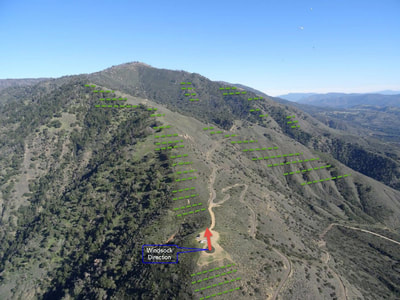
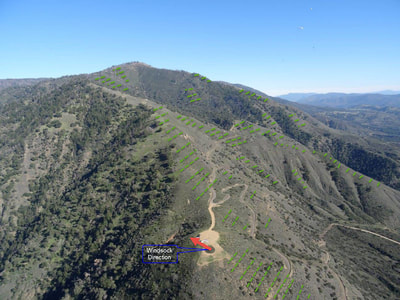
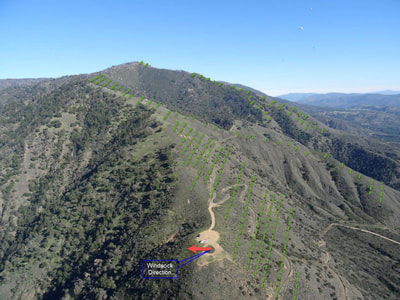
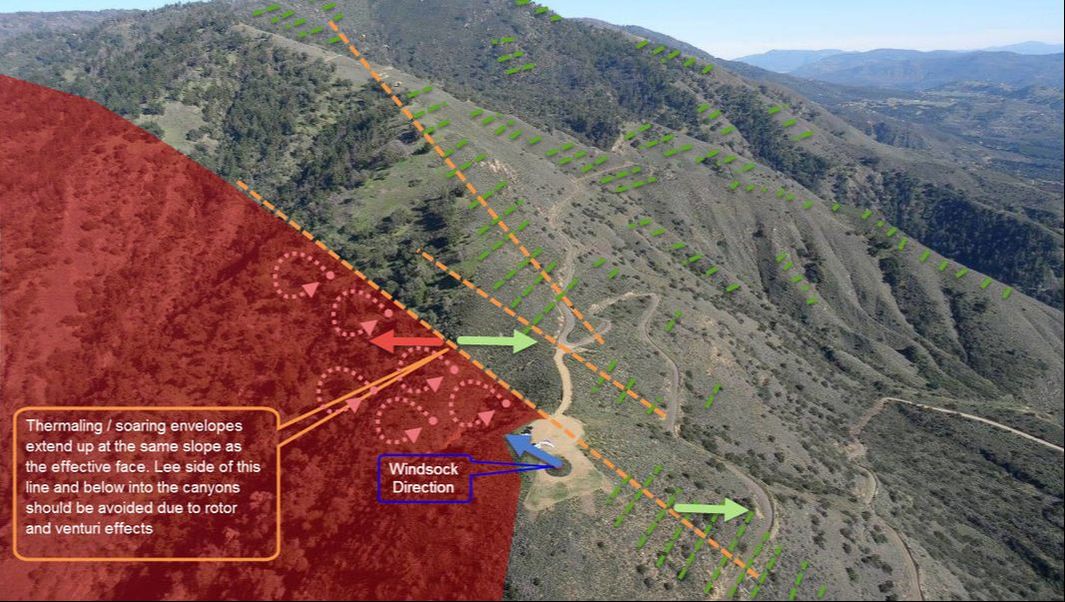
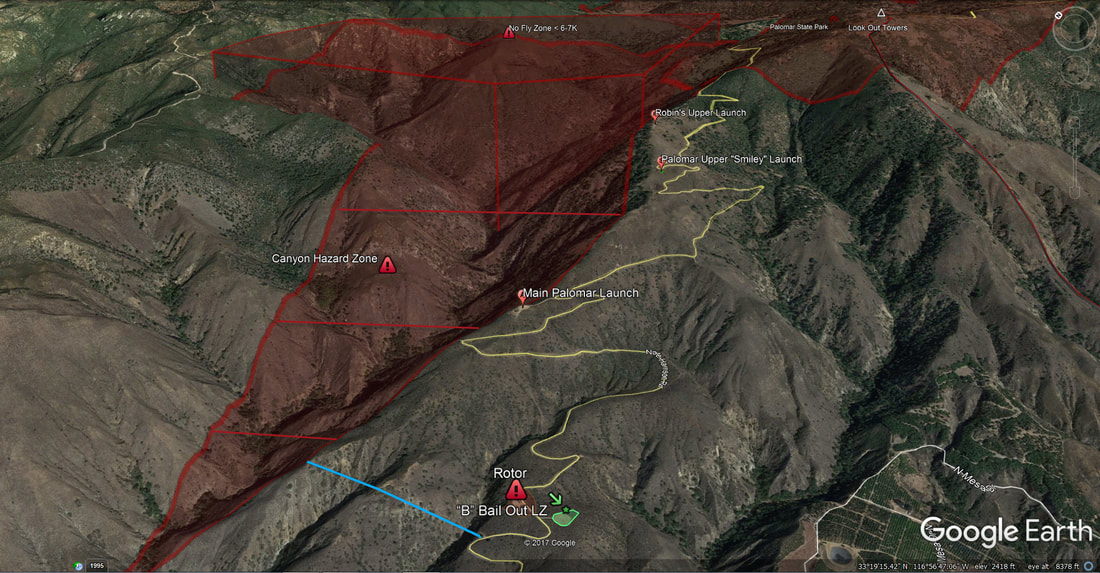
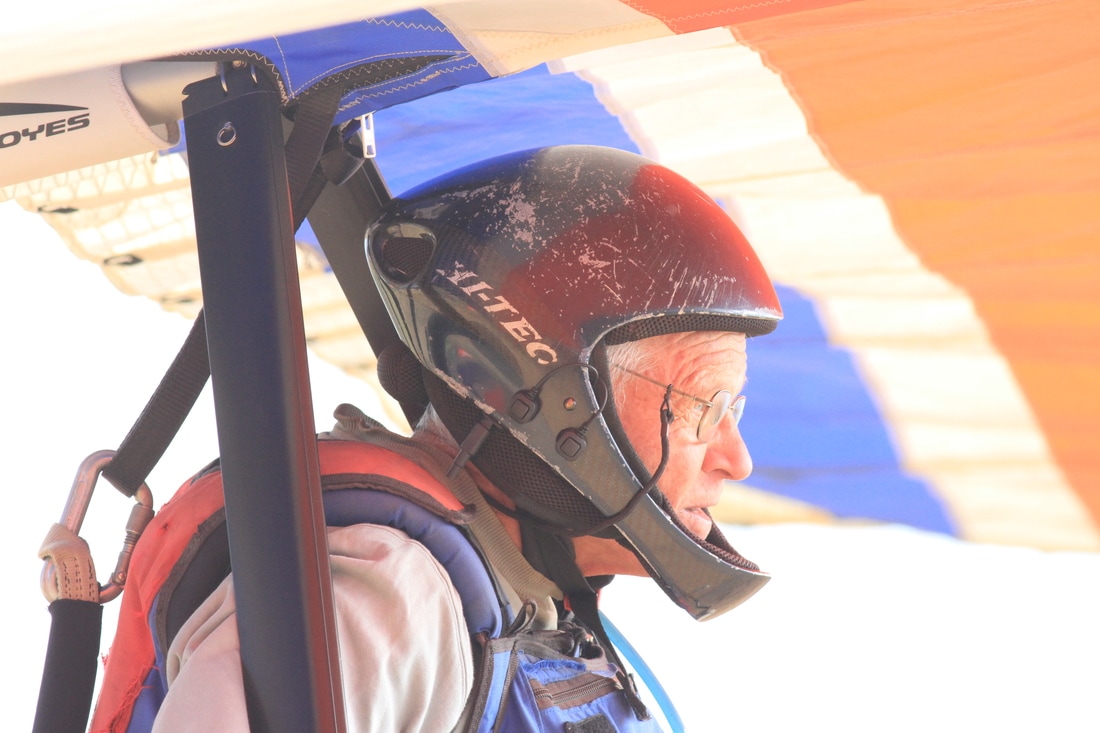
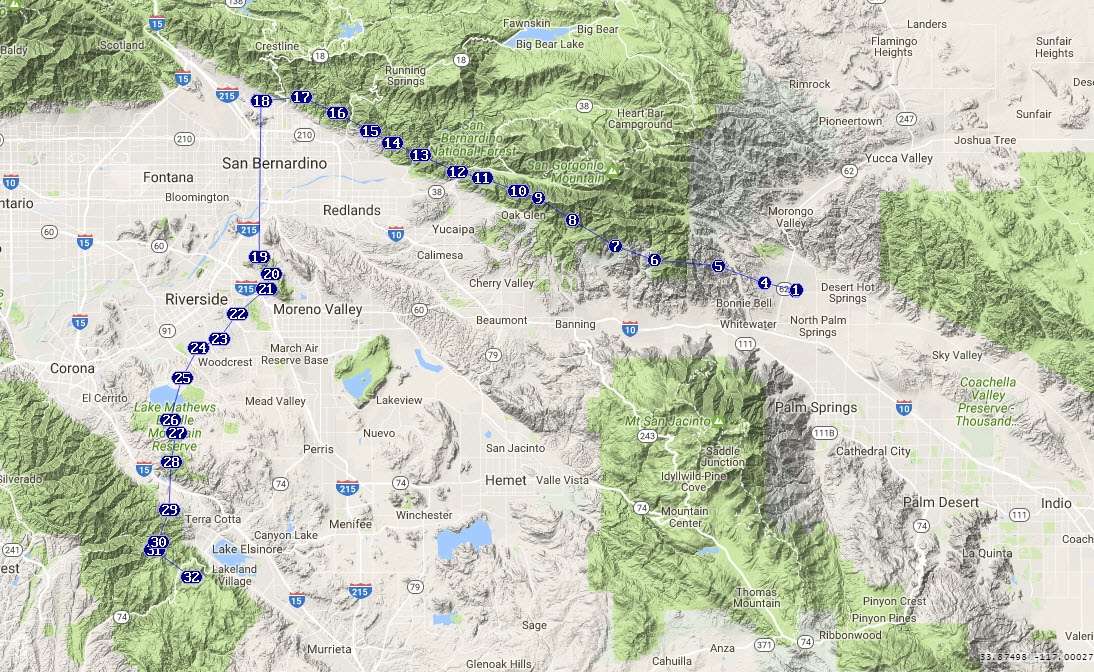
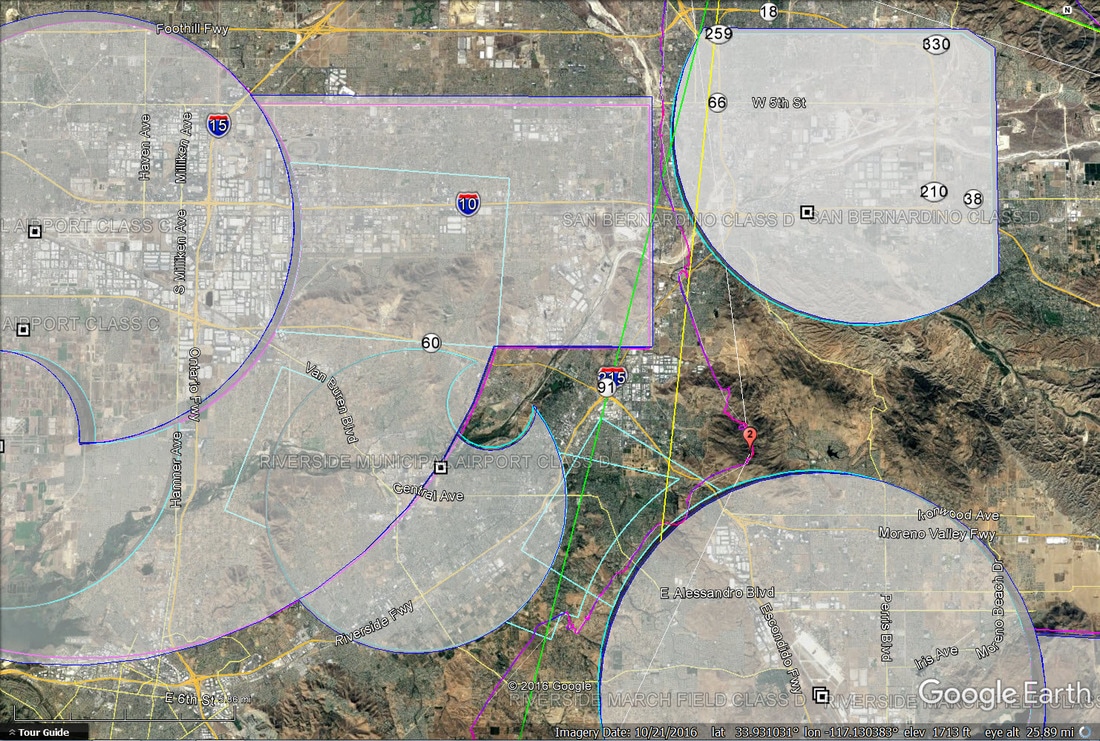
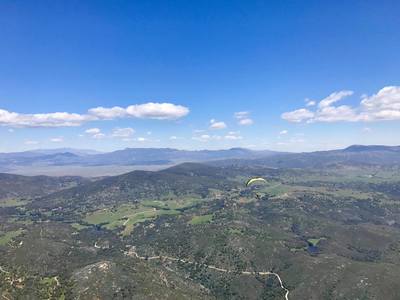
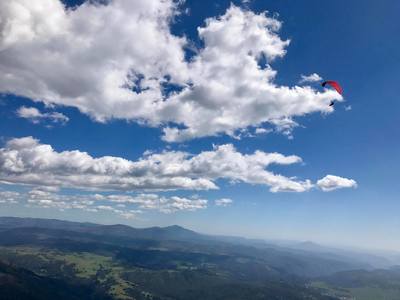
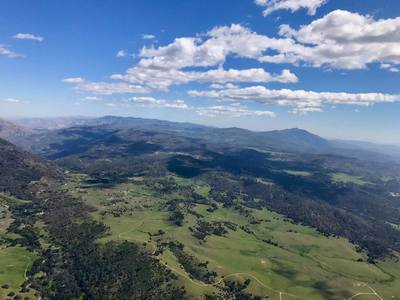
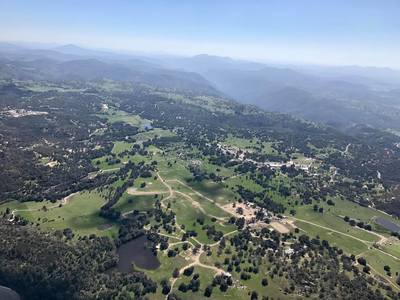
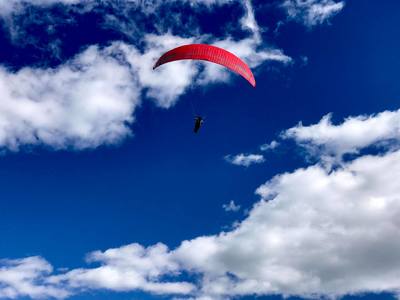
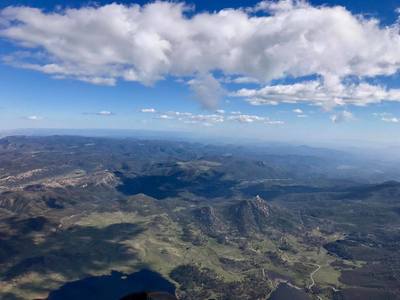
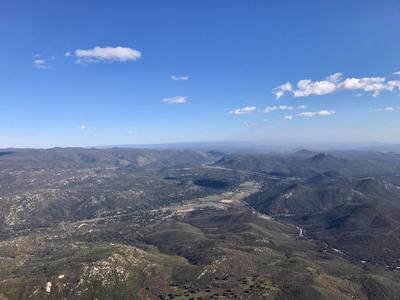
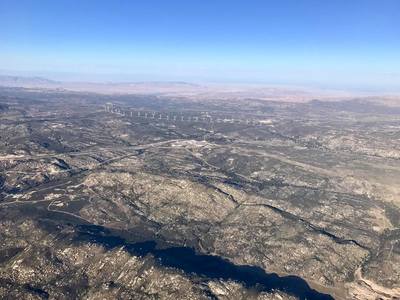
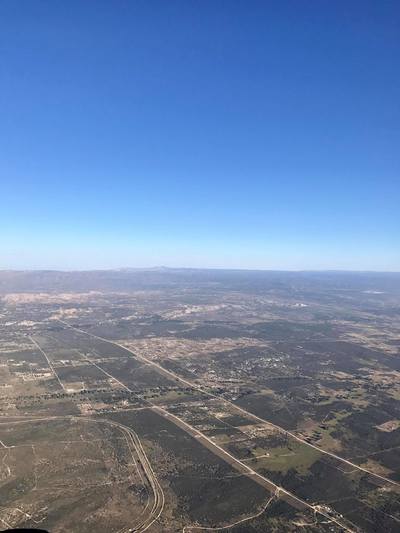
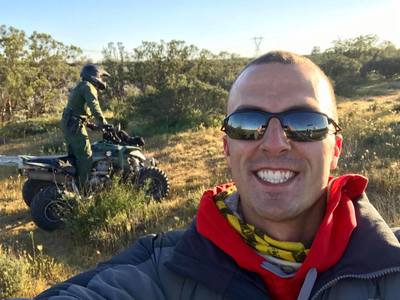




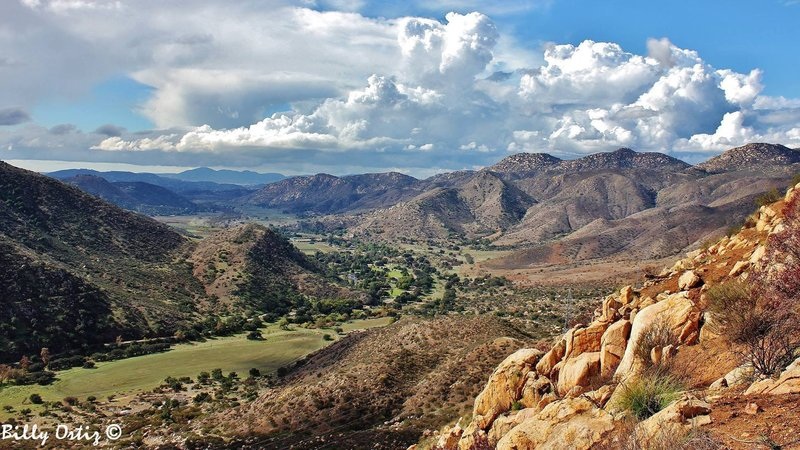
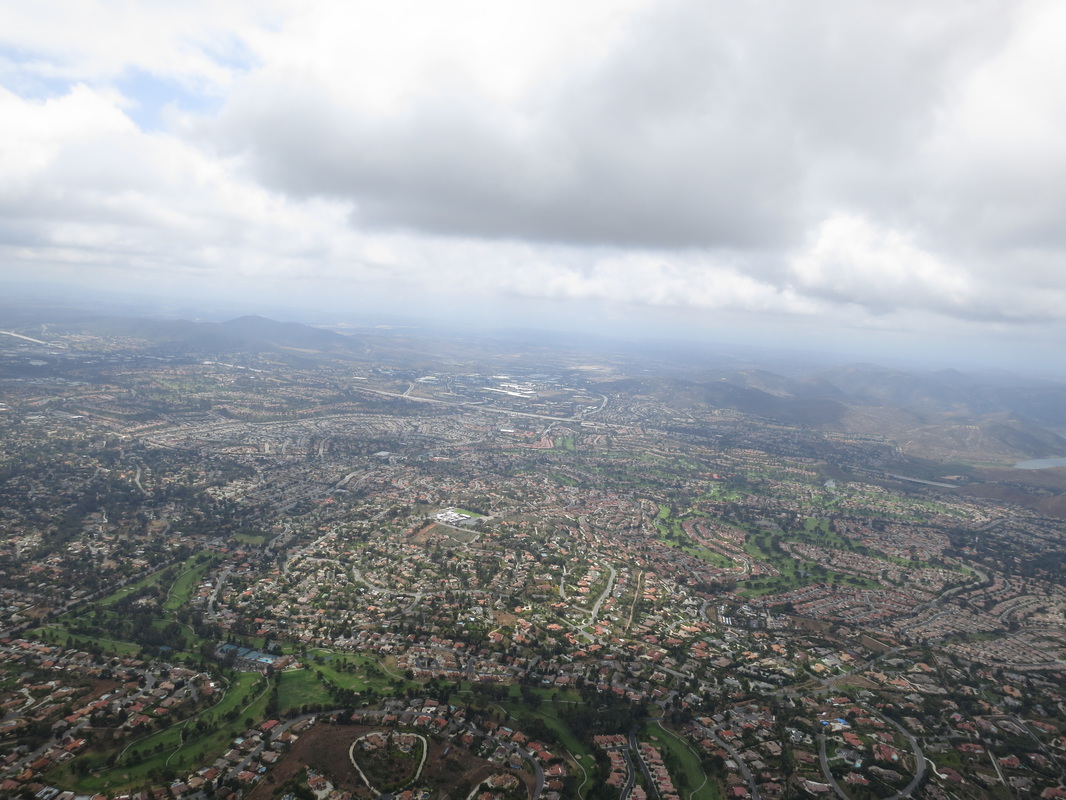



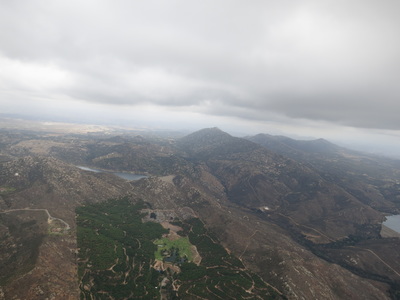
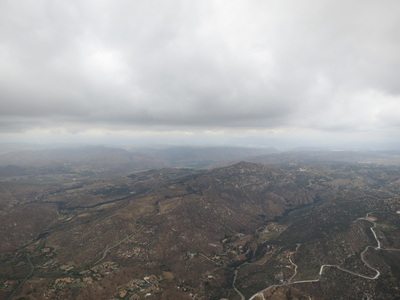
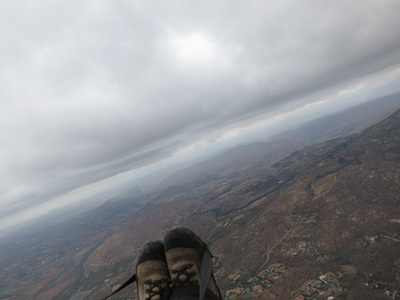
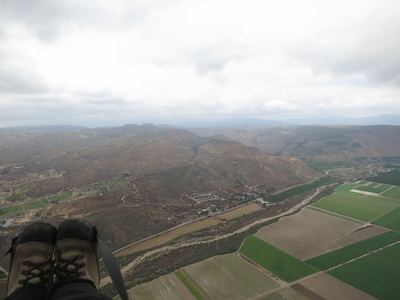
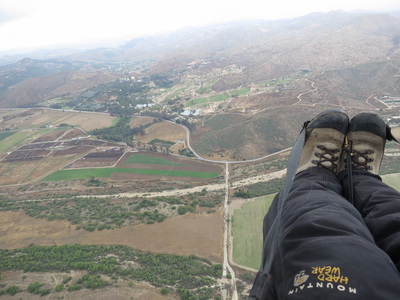
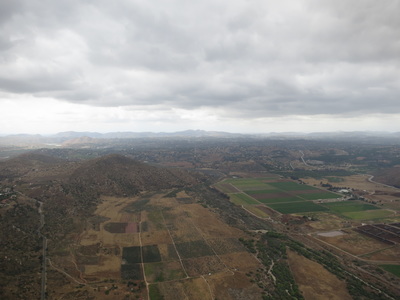
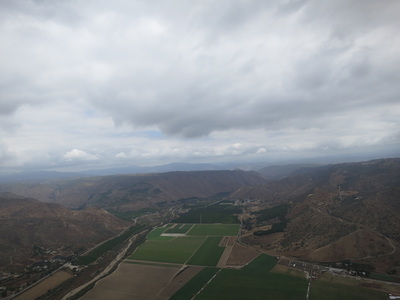
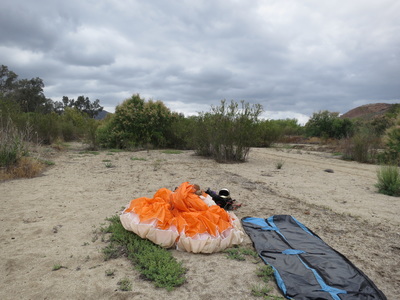
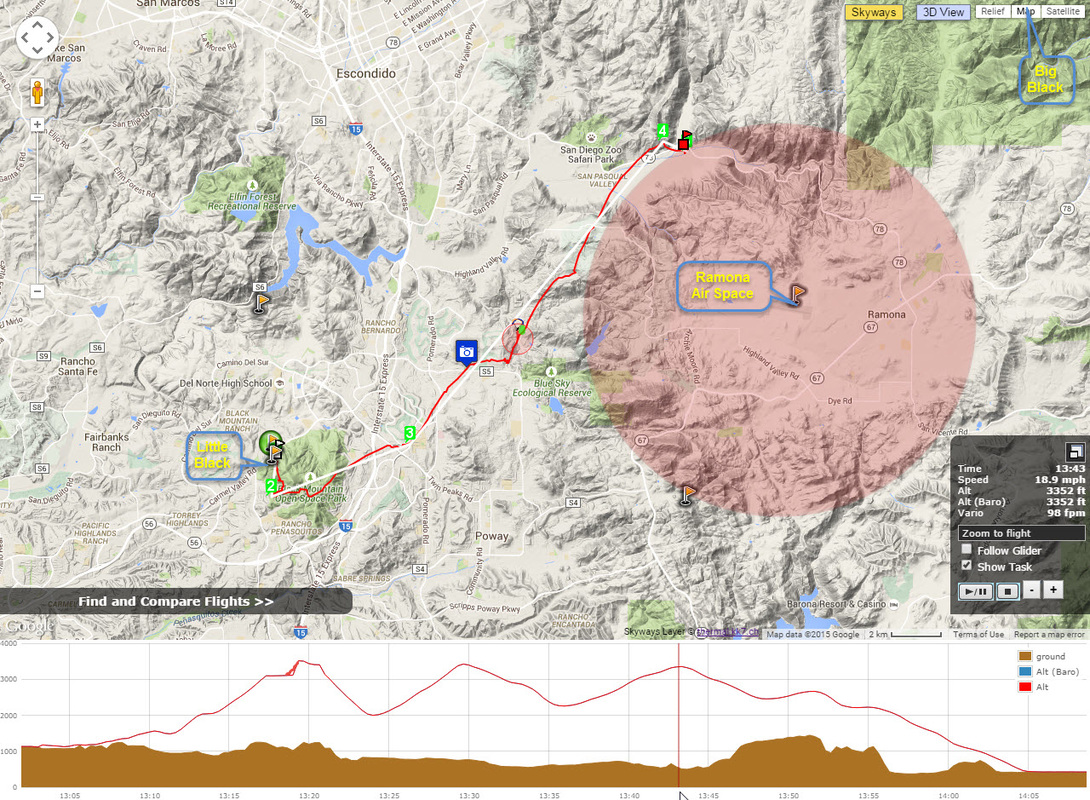
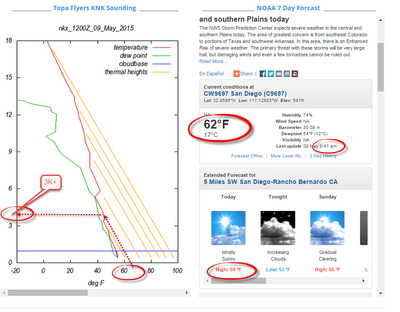
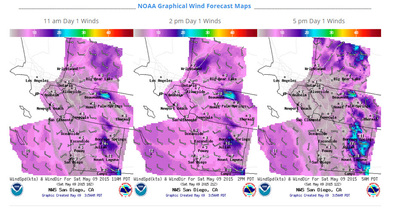
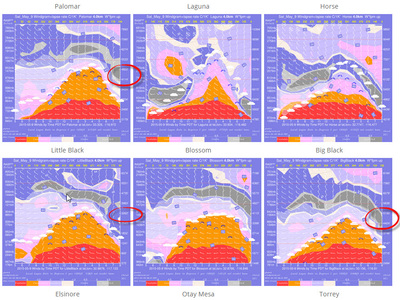
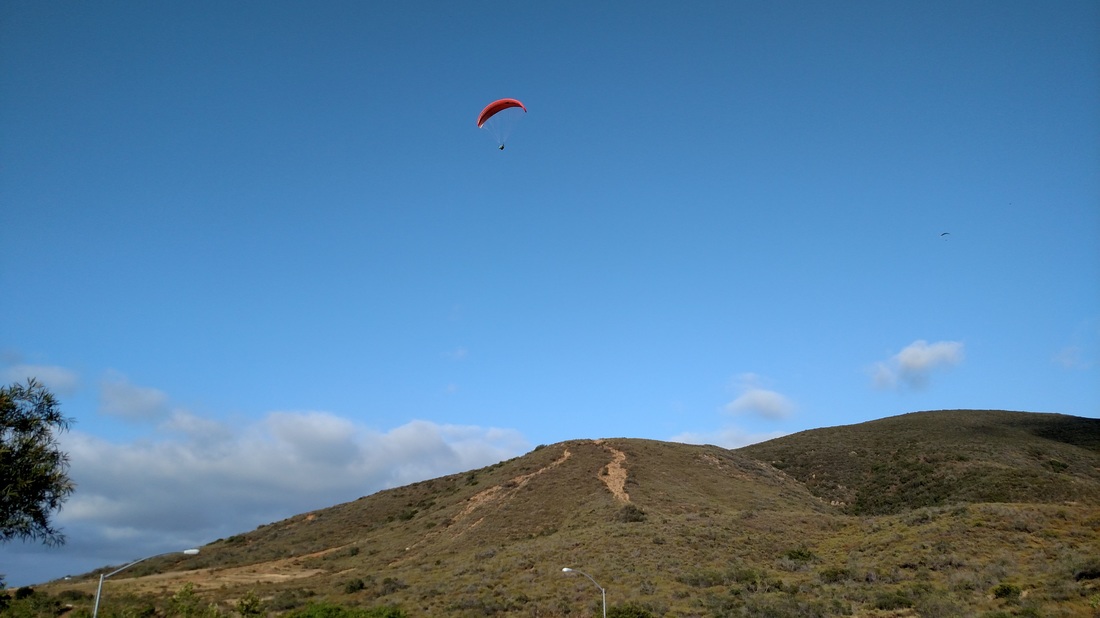
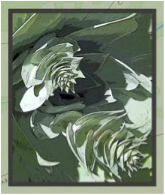
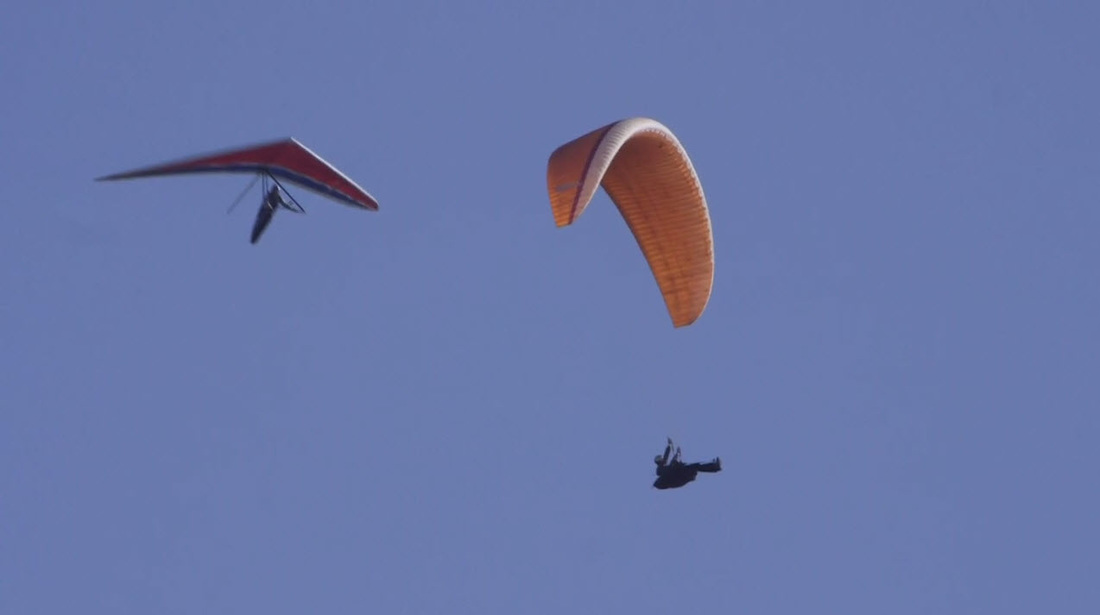

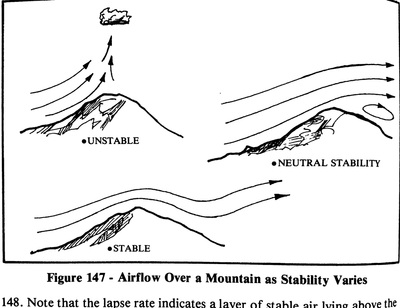
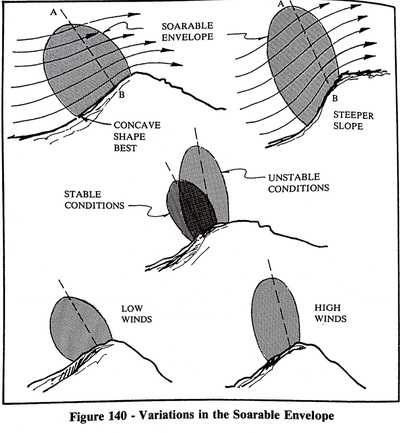
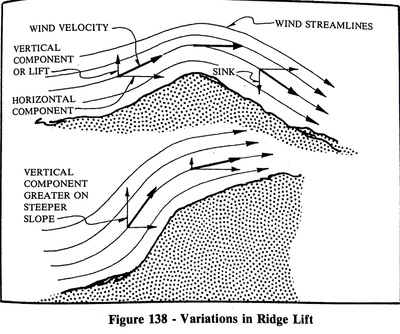
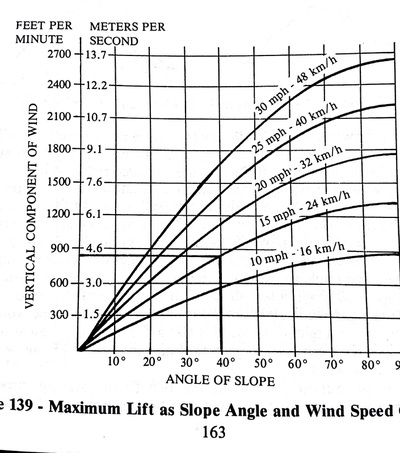
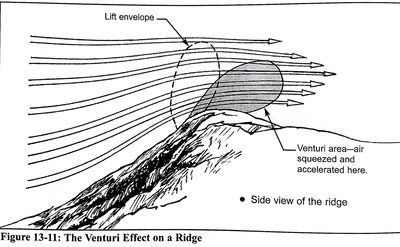
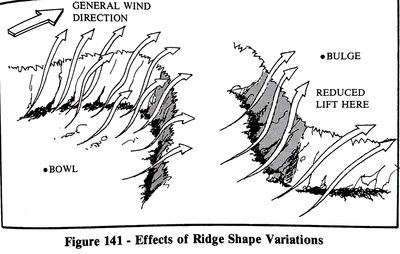

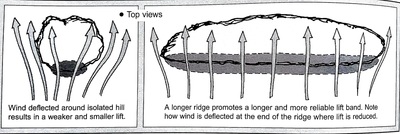
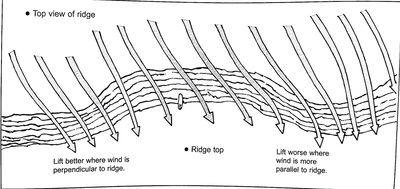
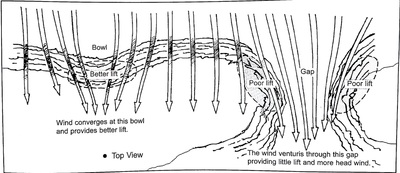
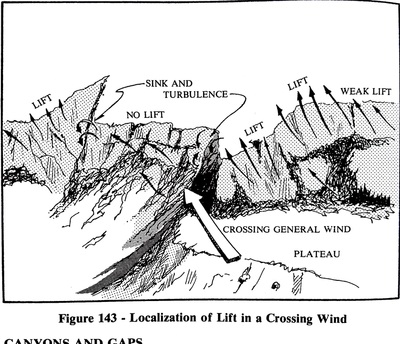
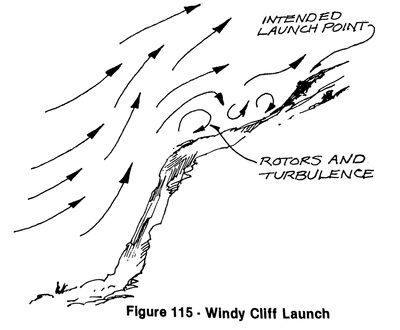
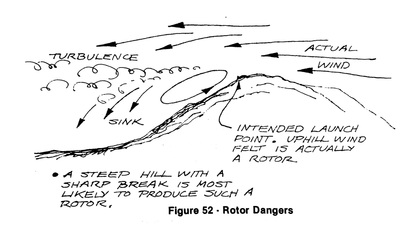
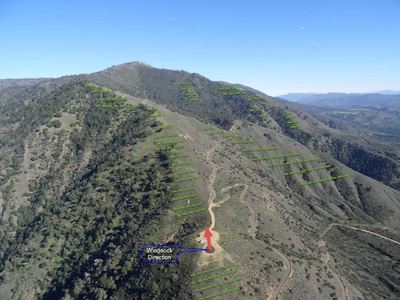
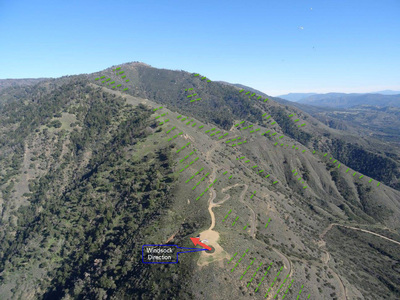
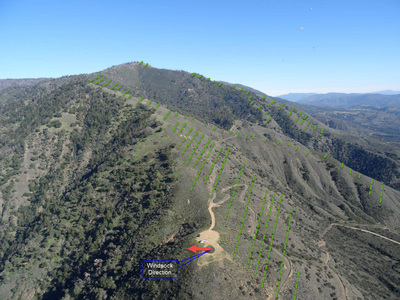
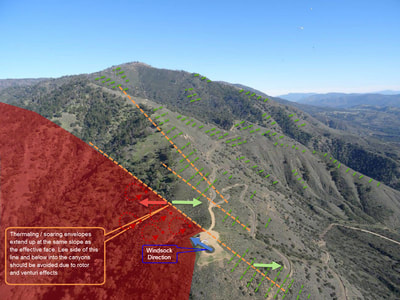
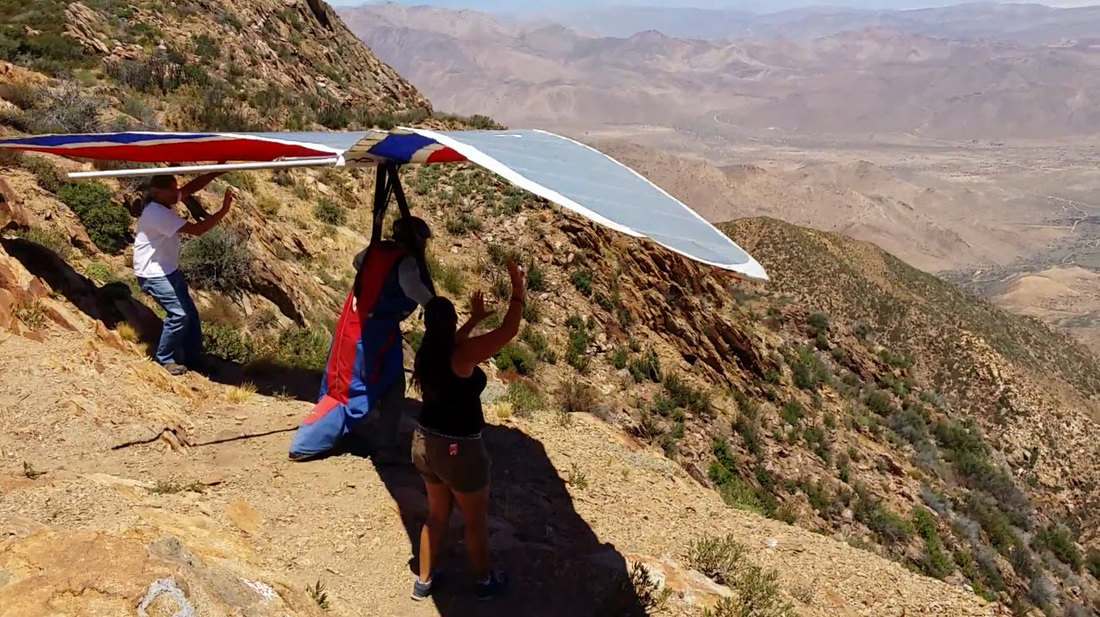
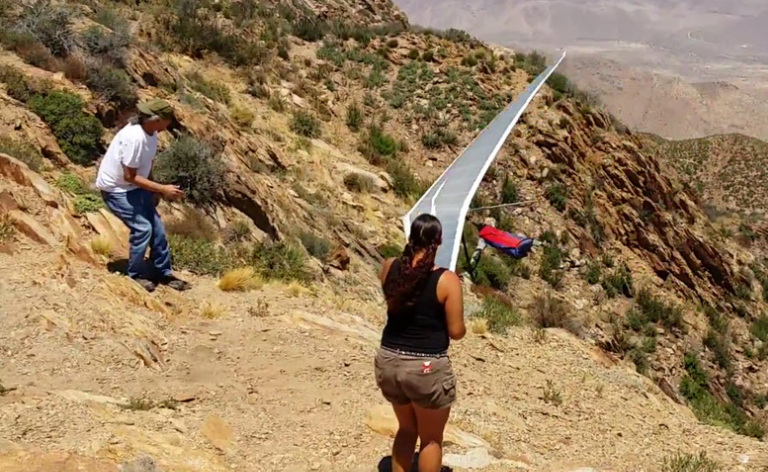

 RSS Feed
RSS Feed

